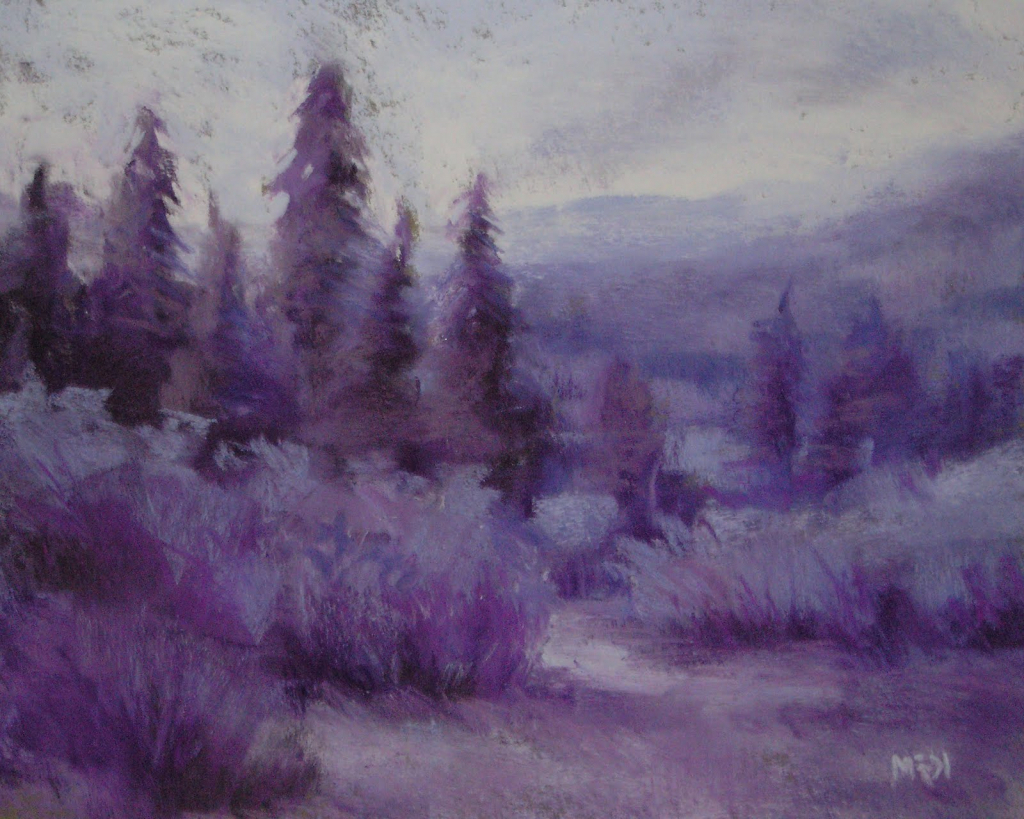


From the prehistoric charcoal broncos that gallop across the crude interior of the Lascaux caves to the countless stallions stitched into the Bayeux Tapestry from the steed in Jacques-Louis David’s Napoleon Crossing the Alps to the tortured neigh that whinnies at the centre of Picasso’s Guernica, horses have reigned supreme in cultural consciousness. The horse, of course, runs right through the long saga of image-making from the Stone Age to the present.

In the Noah’s ark of art history, it’s the horse – the zebra’s zoological cousin – that has conventionally commanded our attention, trotted out on the walls of museums and galleries. The tangle of flexing lines is almost kinetic in the fluid, fluctuating movement it magicks from the simplest and sparest of pen-and-ink gestures.Īdding to the dislocating effect of Vasarely’s carefully controlled chaos is the sheer surprise of seeing zebras in a work of art in the first place. The wild, striated sinews of the tussling pair in Zebres-A (1938) appear to pulsate and quiver, as if alternately kicking outwards towards the observer, beyond the image’s surface, and recoiling into the invisible absence of the empty white field from which they’ve miraculously emerged. Weaving and unweaving the beast’s black-and-white stripes, the transfixing depiction of a pair of wrangling zebras strobes strangely before our eyes.


 0 kommentar(er)
0 kommentar(er)
